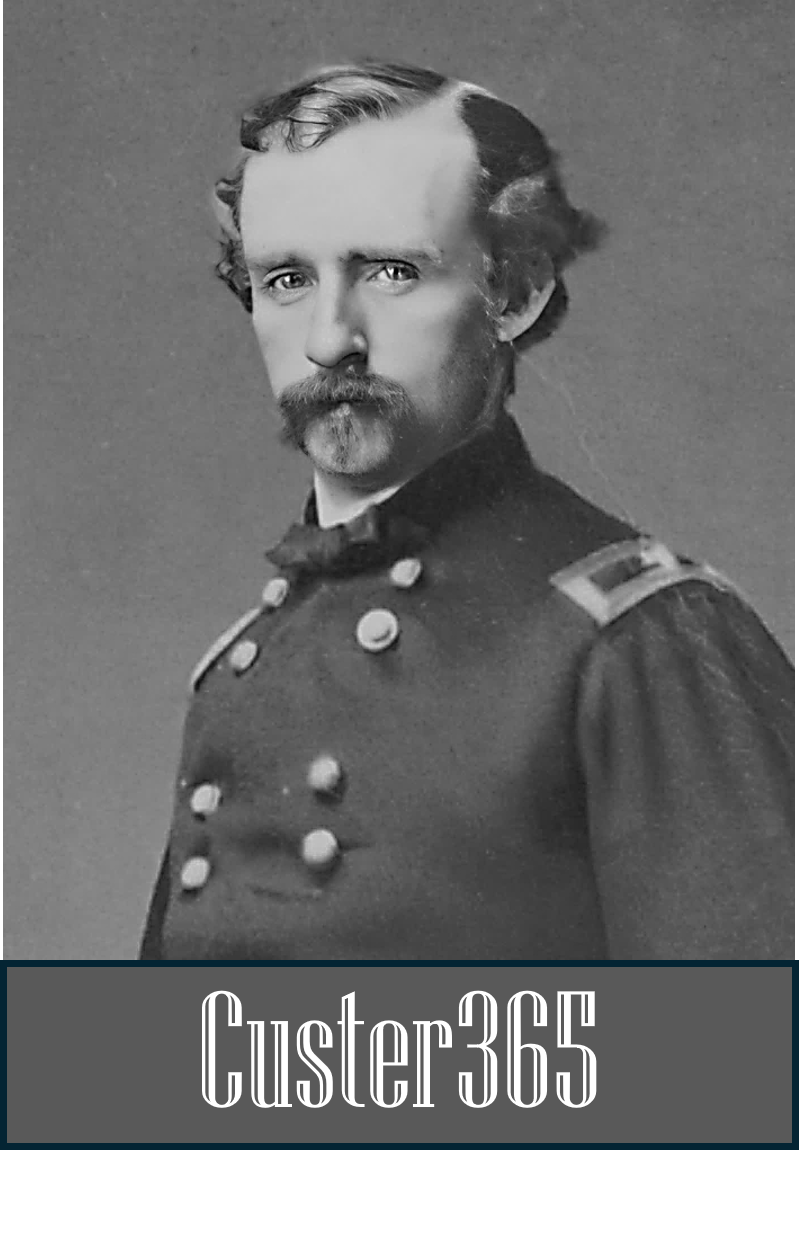JULY 11: `I Go With Custer’
On July 11, 1876, The New York Herald publishes reporter Mark Kellogg’s final letter, posthumously. It was penned on June 21, 1876, four days prior to the deadly Battle of Little Bighorn.
“MR. KELLOGG’S LAST LETTERS.
“The following private letter and hurried correspondence for publication from the pen of our slaughtered correspondent, Mark Kellogg, will be read with painful interest. We give them both just as written, in order to enable our readers to see the last written messages from our gallant correspondent in all their simplicity and force:
(Above, left) A page from reporter Mark Kellogg’s diary. (Credit: State Historical Society of North Dakota)
(Above, right) A U.S. Army mule. (Credit: Library of Congress)
THE PRIVATE LETTER.
In Camp on Yellowstone, June 21, 1876
“From June 12, the date of my last communication, until June 19, the only occurrences of General Terry's command were the establishment of a supply depot at the mouth of the Powder River and making the steamer Far West a moving base of supplies, having on board thirty days' rations and forage; the movement of the steamer to the mouth of the Tongue River with the headquarters command on board, and the march of General Custer from the mouth of the Powder River to the mouth of the Tongue River, an estimated distance of forty-five miles, moving up the valley of the Yellowstone River. During the trip no incident occurred except a display of
SHARP RIFLE SHOOTING
on the part of General Custer who brought down an antelope at 400 yards and nearly shot off the heads of several sage hens. The country north of the Powder River, for a distance of twelve to fifteen miles, is very poor, low and causing hard marching, with a soil producing no grasses, only sage brush and cactus. En route, on the 15th, the column passed through an abandoned Indian camp, apparently less than a year old. It had been a large camp, being two miles or more in length, and must have contained 1,200 or 1,500 lodges. Game was very scarce, and no buffalo at all were seen.
THE YELLOWSTONE RIVER
is looming high, and its current is so swift, eddying and whirling as to create a seething sound like that of a soft wind rustling in the tall grass. Its color resembles yellowish clay at this point. It is cool and pleasant to the taste, and is a larger body of water than that of the Missouri River above its mouth, but very much superior for purposes of steamboat navigation. The waters of the Tongue River are of a deepish red color, running swiftly, and not very palatable to the taste.
A STARTLING STORY
On the 19th of June General Custer, with six companies of cavalry, crossed the Tongue River, about three miles from its mouth, by fording, and marching to a point about nine miles from where Major Reno with six companies of the Seventh Cavalry were in camp, having returned from the scout he was ordered upon; but, for some cause unknown to your correspondent, Major Reno was unfortunate enough not only to exceed but to disobey the orders and instructions of General Terry, a copy of which is subjoined, viz…”
Author’s note: Kellogg set out on horseback from Fort Abraham Lincoln near present-day Bismarck, ND, with Custer’s 7th Cavalry on May 17, 1876. But, the horse became lame, so Kellogg was provided an Army mule. When the fighting began at Little Bighorn, Kellogg’s mule was unable to trot fast enough to get to a place of safety. Kellogg’s body was found near the Little Bighorn River by members of the Dakota Battalion on June 27, 1876.
A haunting irony is that Kellogg, in his final dispatch of June 21, 1876, also wrote, “I go with Custer and will be at the death.”




